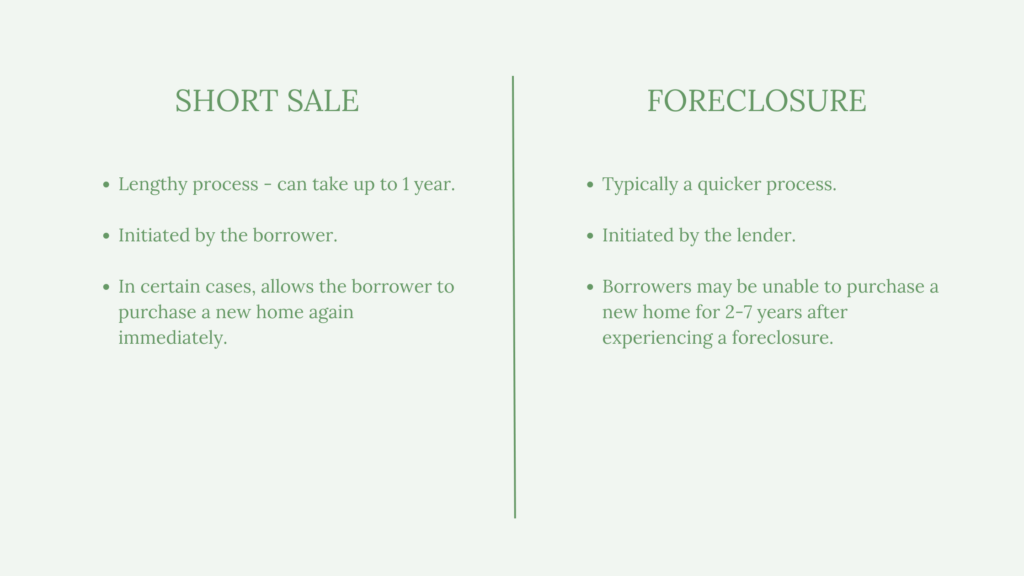Because a lender is much more involved in the purchase of a short sale, it is important to recognize that the process is not as simple as the typical home buying process between a seller and a buyer.
To help, we’ve broken it down into 6 unique steps that buyers must take when purchasing a short sale.
Step 1: Get approval for financing.
Like with a typical home purchase, the buyer must first get approved by the lender to take out a mortgage loan. This is especially important during the process of a short sale, as the lender will need to be sure that the new buyer is financially sound enough to make their mortgage payments – to avoid a future similar situation.
Step 2: Work with a real estate agent to find a home.
If you are committed to purchasing a short sale, it is important to find a real estate agent who can help you navigate the process. If you choose to find a home without the help of a real estate professional, you may want to focus your energy on looking at homes that are listed as ‘pre-foreclosure properties’ or searching through public records.
Step 3: Research, research, and research some more.
Before making an offer, it is vital to research said home and gain as much insight into the property’s history, as well as its current market value. Since, with a short sale, the seller owes more than the home’s actual value, you will want to find exactly how much the seller owes the lender.
You will also need to find out if there are any claims on the property by an outside person or entity, like a lien. The best way to be sure of this is to hire a title company to run a title search on the home.
This is another perk to hiring a real estate agent to help you, as they have exclusive access to important tools that can help you find this information.
Step 4: Make an offer.
Though many buyers look to short sales as a way to purchase a home for an especially good deal, it is important to keep in mind that the lender is still trying to make back the money on their initial investment. This is why it is important to get a realistic understanding of how much the home is worth before putting in an offer. You can do this by looking at what other homes in the area have sold or are currently priced at. Your offer will still have to be close to the market value if you want a chance that it is accepted.
Step 5: Get a home inspection.
Because of the nature of a short sale, they are sold “as-is.” This means buyers are not able to negotiate for a lower price if they discover problems with the property. Even with this, it is always a good idea to get a home inspection before purchasing a property, to get an understanding of any defects or issues with the home. If repairs are needed, this knowledge will help prepare the buyer.
Step 6: Close on the property.
For a short sale to close the seller must provide documentation of the following:
- Hardship letter, explaining that the seller is in financial distress and unable to make their mortgage payments
- Proof of income and assets, which shows 2 years’ worth of bank statements and tax documents as proof that the seller is not financially equipped enough to pay back their debt.
- Up-to-date list of liens, showing proof that there are no other individuals who can make a claim on the property.
- Comparative market analysis, which shows the lender a list of comparable properties currently for sale and have sold within the last 6 months.
Though they are not necessarily an ideal situation for sellers to find themselves in, short sales can be beneficial to buyers and sellers alike.
To learn more about the process of purchasing a short sale, contact a VanDyk Loan Originator today!




